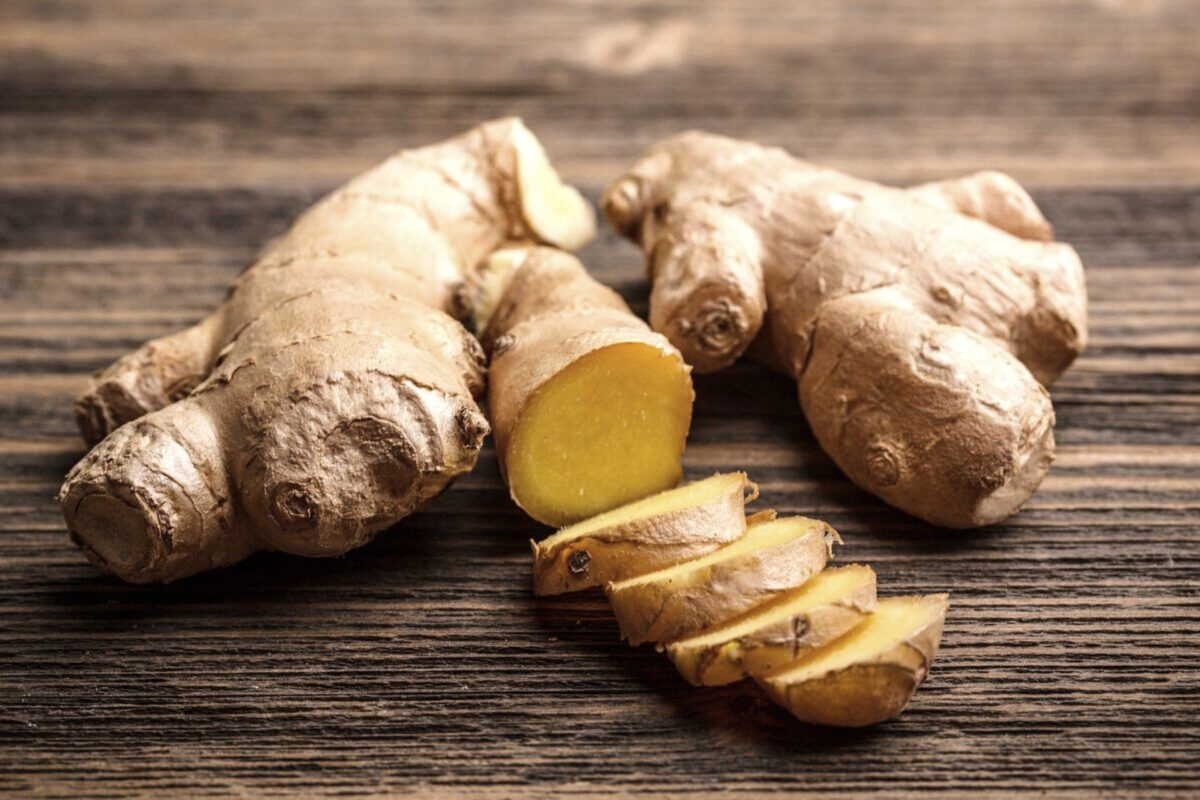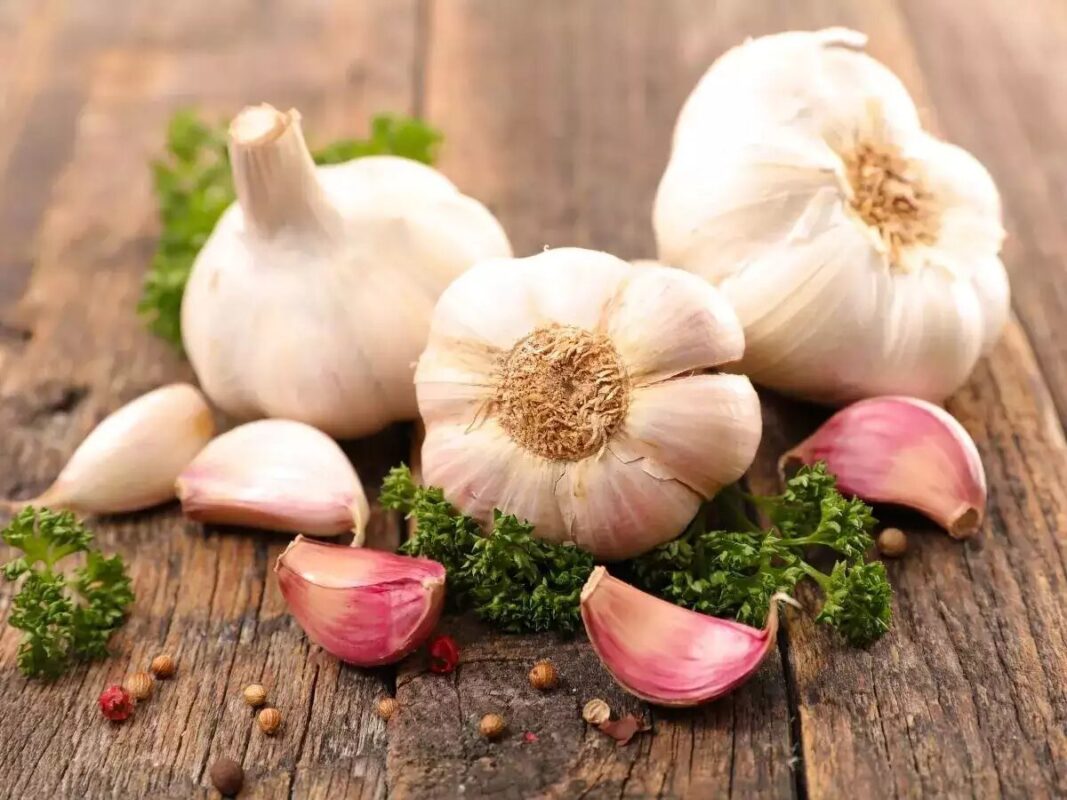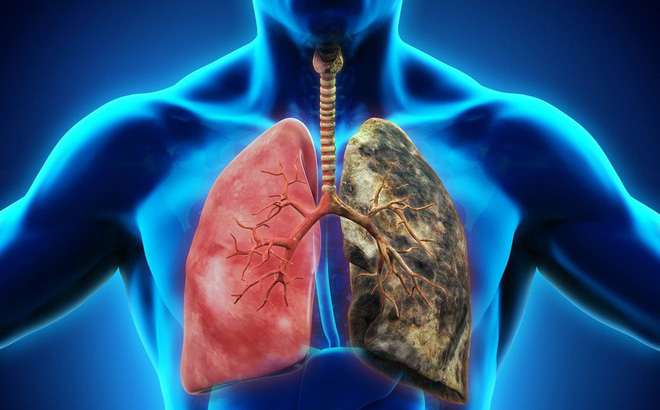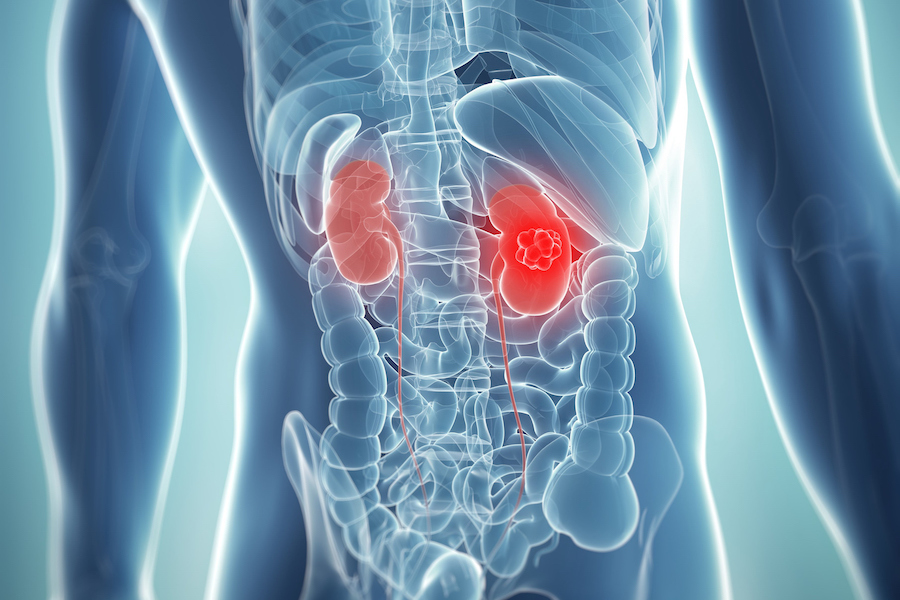Non-small cell lung cancer, Small cell lung cancer, biological therapy, immunotherapy.
Root Cause of Disease
Cigarette smoking is the number one cause of lung cancer. Lung cancer also can be caused by using other types of tobacco (such as pipes or cigars), breathing secondhand smoke, being exposed to substances such as asbestos or radon at home or work, and having a family history of lung cancer.
Symptoms
- Coughing that gets worse or doesn’t go away.
- Chest pain
- Shortness of breath.
- Wheezing.
- Coughing up blood.
- Weight loss with no known cause.
Causes
Smoking
Smoking is the number one cause of lung cancer. It causes about 90 percent of lung cancer cases. Tobacco smoke contains many chemicals that are known to cause lung cancer. If you still smoke, quitting smoking is the single best thing you can do for your lung health.
Smokers are not the only ones affected by cigarette smoke. If you are a former smoker, your risk is decreased, but has not gone away completely you can still get lung cancer. Nonsmokers also can be affected by smoking. Breathing in secondhand smoke puts you at risk for lung cancer or other illnesses.
Radon
Radon exposure is the second-leading cause of lung cancer. Radon is a colorless, odorless radioactive gas that exists naturally in soil. It comes up through the soil and enters buildings through small gaps and cracks. One out of every 15 homes in the U.S. is subject to radon exposure. Exposure to radon combined with cigarette smoking seriously increases your lung cancer risk.
Hazardous Chemicals
Exposure to certain hazardous chemicals poses a lung cancer risk. Working with materials such as asbestos, uranium, arsenic, cadmium, chromium, nickel and some petroleum products is especially dangerous. If you think you may be breathing in hazardous chemicals at your job, talk to your employer and your doctor to find out to protect yourself.
Particle Pollution
Particle pollution refers to a mix of very tiny solid and liquid particles that are in the air we breathe. Evidence shows that particle pollution—like that coming from that exhaust smoke increases the risk of lung cancer.
Genes
Genetic factors also may play a role in one’s chances of developing lung cancer. A family history of lung cancer may mean you are at a higher risk of getting the disease. If others in your family have or ever had lung cancer, it’s important to mention this to your doctor.
Home Remedies to treat Lung Cancer
Remedy- 1: Ginger
Materials used: Ginger

Ginger’s antioxidant and anti-inflammatory properties protect against cancer. It is also used as a herbal remedy for upset stomach and nausea, and can serve as an appetite stimulant.
Procedure:
To your tea mug, add a slice of fresh ginger or ¼ tsp ground ginger, a squeeze of lemon, and 1 tsp of honey. Add your hot water and let the ginger steep for a few minutes before drinking.
Product Link: Ginger
Remedy- 2: Yoga

Yoga is a low-impact series of poses that emphasizes breathing. Studies have shown that it can have benefits for strength, energy, and mental health for people who have even advanced lung cancer.
All the patients in the study had advanced lung cancers that could not be removed surgically, were receiving radiation therapy to their chest, and most also received chemotherapy. Each patient participated with a family caregiver. The pairs were then randomly assigned to either yoga classes or a waitlist for future yoga instruction (control group).
Procedure:
• Sit in any comfortable pose (such as Sukhasan, Ardhapadmasan or Padmasana).
• Straighten your back and close your eyes.
• Place your palms on your knees facing up (in Prapthi Mudra).
• Inhale and fill your lungs with air.
• Exhale completely.
• Inhalation and exhalation should be done in a 1:1 ratio. For example, if you breathe in for 6 counts, you must take 6 counts to exhale.
Remedy 3: Garlic
Materials Used: Garlic.

Garlic– The most powerful anti-cancer spice is part of the cancer-fighting allium group (onions, shallots, scallions, leeks, chives). Garlic helps boost the immune system to help fight diseases, as well as colds and flu. It also decreases the growth of cancer cells.
Procedure:
Skin two pods of garlic and boil it well in water. Turn off the heat once it has boiled for three-four minutes. Add half a cup of honey and half a cup of lemon juice to enhance the taste and also improve the nutritional value of the drink. You can consume this drink warm.
Product Link: Garlic
Other Remedies
Cayenne pepper
This spice may help prevent cancer of the skin, breast, prostate, liver and lungs. This is related to capsaicin which induces the cancer cells to kill them in a process that is known as apoptosis. You should add cayenne pepper in your daily diet because it will reduce your chances of cancer.
Licorice
Licorice root helps to soothe the lung by helping to lubricate the lung, bringing relief. To prepare this herb, make a powder from the root or get the powdered form from your local store and add a teaspoon of it to your tea and drink three times daily to lubricate your lungs.
Triphala
Triphala is one of the most used ayurvedic treatments or medicine for most diseases. With three powerful herbs, Triphala is one herb you would not want to neglect. This herb helps to balance our throat dosha when frequently used. To use this herb to treat lung disease, mix in a cup of warm water and gargle for a few minutes, then spit it out. This helps to clear the sinus in the respiratory tract.
Preventions
- Stop smoking.Stop smoking now. Quitting reduces your risk of lung cancer, even if you’ve smoked for years. Talk to your doctor about strategies and stop-smoking aids that can help you quit. Options include nicotine replacement products, medications and support groups.
- Test your home for radon.Have the radon levels in your home checked, especially if you live in an area where radon is known to be a problem. High radon levels can be remedied to make your home safer. For information on radon testing, contact your local department of public health or a local chapter of the American Lung Association.
- Avoid carcinogens at work.Take precautions to protect yourself from exposure to toxic chemicals at work. Follow your employer’s precautions. For instance, if you’re given a face mask for protection, always wear it. Ask your doctor what more you can do to protect yourself at work. Your risk of lung damage from workplace carcinogens increases if you smoke.
- Eat a diet full of fruits and vegetables.Choose a healthy diet with a variety of fruits and vegetables. Food sources of vitamins and nutrients are best. Avoid taking large doses of vitamins in pill form, as they may be harmful. For instance, researchers hoping to reduce the risk of lung cancer in heavy smokers gave them beta carotene supplements. Results showed the supplements actually increased the risk of cancer in smokers.
- Exercise most days of the week.If you don’t exercise regularly, start out slowly. Try to exercise most days of the week.




